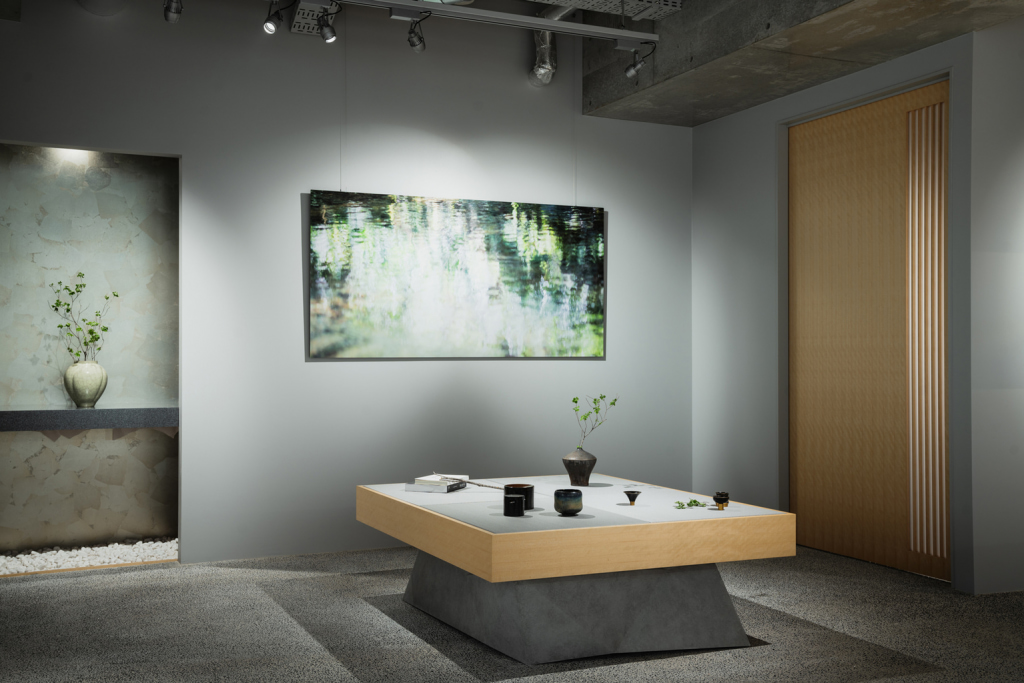Japanese cuisine is characterized by its many dishes laid out in front of you. Unlike table spreads in the West, a dining table in a Japanese household is composed of an array of different plates, bowls and cups. Whether the dishes match matters little; it’s about how they create a sense of harmony together. In the era of social distancing, tableware can help soothe a yearning for the tactile. “Meetings now are on Zoom and Skype,” says Yusuke Shibata, founder of Huls Gallery and expert on Japanese crafts. “People want to touch.”
Shibata is a true jack-of-all-trades. With a diverse background in web design, sales and distribution, he offers rare, holistic insights into the ins and outs of promoting Japanese crafts on a global scale.
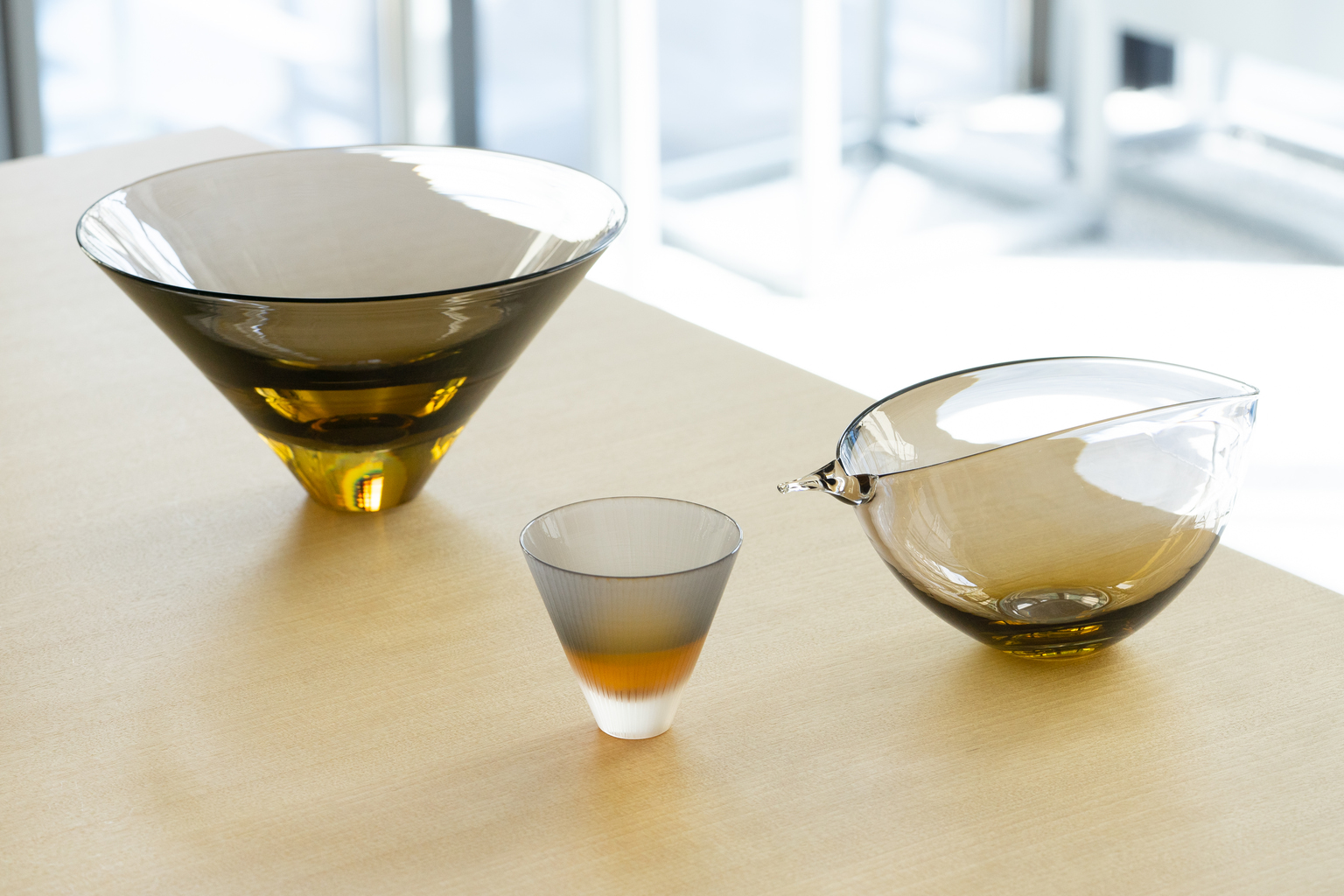
Japanese Crafts for the Future
When in Singapore, Shibata noticed a strong fondness for all things Japan. “A lot of Singaporeans love Japanese culture and Japanese crafts,” he says.
This inspired him to open Huls Gallery Singapore in 2017. Huls Gallery is not only an exhibition space, but also a shop where visitors can purchase pieces that resonate with them. After the success of the Singapore location, Shibata opened Huls Gallery Tokyo in Akasaka in 2019. The brand also supplies tableware to fine dining restaurants around the globe, including 30 establishments in Singapore and even some Michelin-starred institutions in Japan and abroad.
Having a clear channel of communication between the consumers and the artists is at the heart of Huls Gallery’s mission. The company encourages chefs and customers to share their thoughts and experiences, which Huls Gallery then relays to the artists. This, says Shibata, allows them to gather intel on how to expand their business and get inspiration for new products or designs based on how people are using the items.
“Our company focuses on sharing contemporary crafts made by young artists,” reveals Shibata. Young artists, he explains, respect the tradition of the craft but also acknowledge they need to create something new in response to modern needs. They are eager to expand their clientele and adapt to trends so more people can appreciate their art. Part of showcasing the new generation of artisans means introducing the people behind the products. Huls Gallery has embraced this by hosting talks with exhibitors, where attendees can ask questions first-hand about how a piece or collection came to fruition.
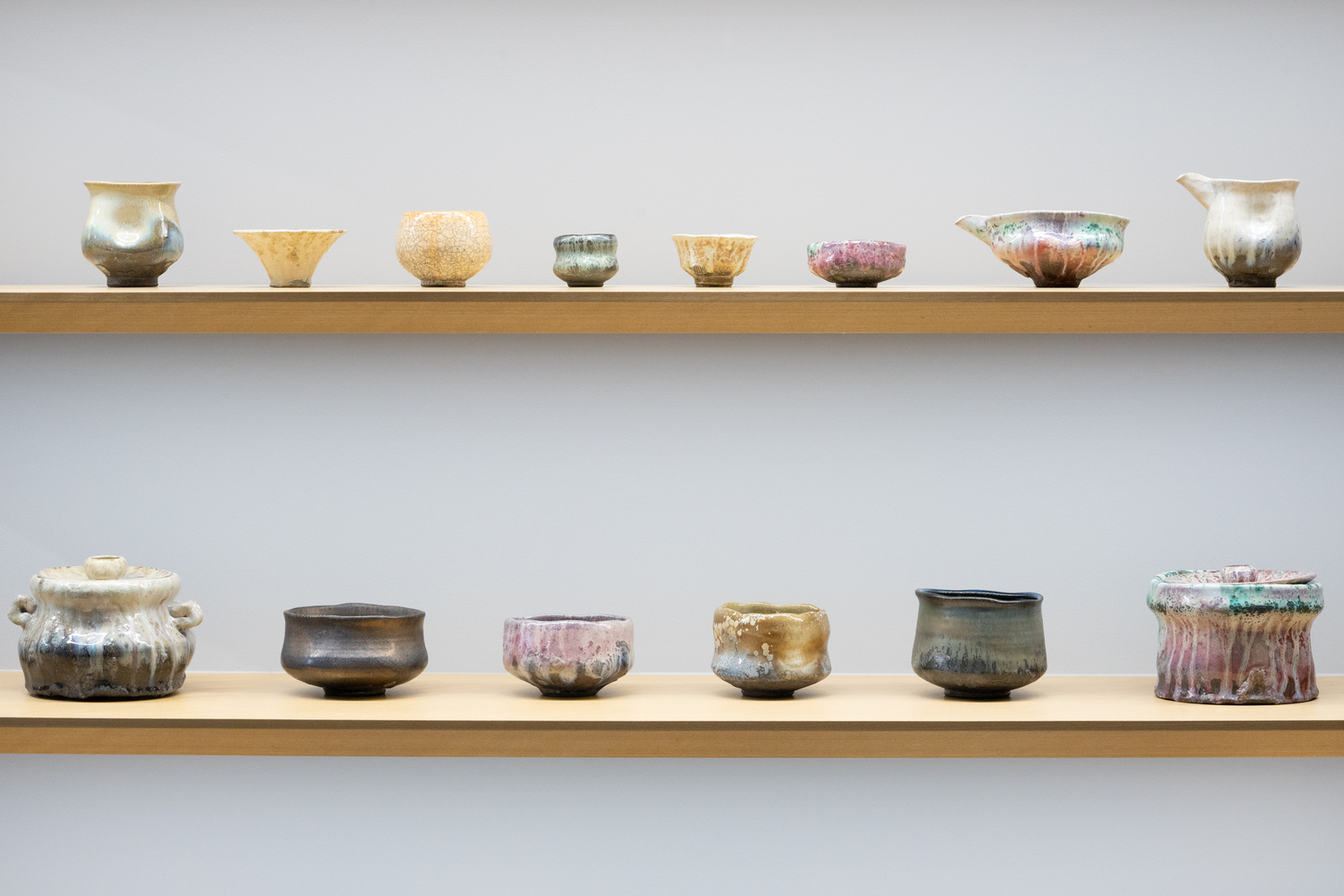
Don’t Collect It, Use It
Shibata is passionate about the current trend consuming the world of Japanese tableware: The importance of touch and feel. Contemporary artists are experimenting with materials, textures and shapes to make tableware more physically enjoyable to its users. Not only in that they can beautifully present food, but also be appreciated during the meal. This could be, he mentions, why Shigarakiyaki and Bizenyaki are having a recent resurgence in Singapore. “I think people want to feel the sense of nature by touching and grazing the [dishes],” says Shibata.
Shibata sees endless possibilities when it comes to sharing Japanese tableware with fans of Japanese crafts around the world. But he also warns about collecting. “We can learn a lot of things by using crafts,” he says. About ourselves, our habits, our needs. Tableware needn’t be kept in cupboards and closets; it should be showcased and loved.
People, he says, often fall into the vicious circle of collecting and keeping. They are eager to support Japanese businesses and craftspeople, but they also tend to keep purchased crockery unused for years, if not decades. And so more than just purchasing, Shibata insists that the best way to support Japanese craftsmanship – or any craftsmanship, for that matter – is to honor its original purpose. “We must continue to use it,” he emphasizes.
Japanese tableware is rare in that with use, the colors of the glaze and the texture of the finish change. You can see and feel whether a plate has been well-loved. Over time, the tableware becomes more beautiful — but you cannot know this by keeping it tucked away in boxes.
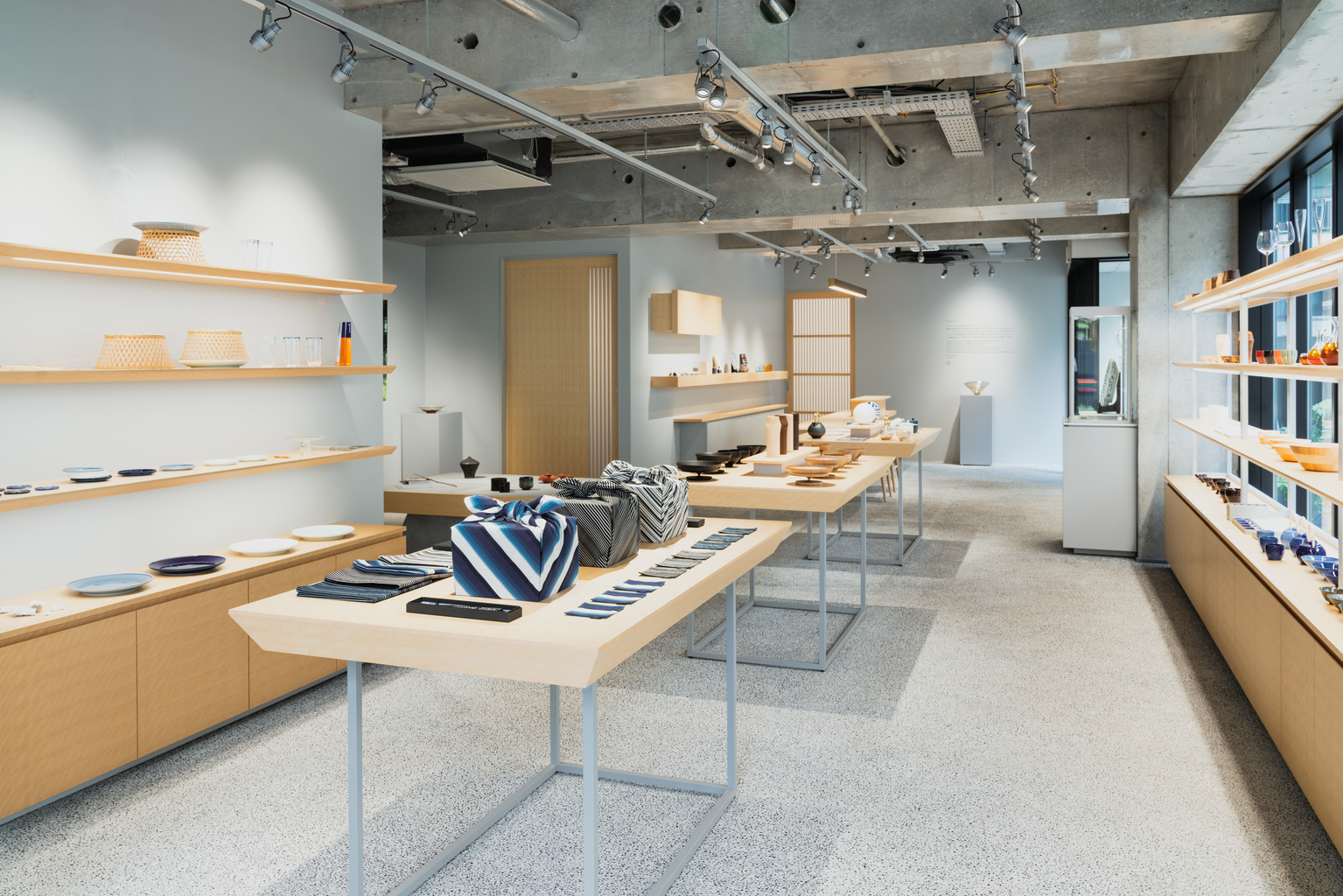
Modern Tech Meets Traditional Crafts
“Actually, I think some [tech] companies are interested in traditional techniques,” says Shibata. He cites Panasonic as an example. Back in 2017, the company collaborated with Kyoto collective Go On to create a range of products that combine state-of-the-art technology and traditional techniques.
“That project was successful, but there are few projects that followed,” reveals Shibata. “Because at the moment there is a big gap between technology and traditional techniques.” Shibata’s next mission is to bridge this gap.
The biggest challenge, he mentions, is staying true to Japan’s use of traditional materials, which are often of high quality and thus expensive, while also accommodating the needs of mass production. Don’t let the words “mass production” fool you here – craftspeople and kilns often use the assistance of machinery to create works in higher quantities.
In terms of what he hopes to share through Huls Gallery, Shibata mentions he plans to travel around Japan to showcase the country’s surprising diversity. Tableware from Shiga is not the same as crockery from Hokkaido, and this is something Shibata wants to learn more about to share this creative range with the world. “Japan is lucky to have such a distinct culture and diversity of crafts,” he says. “We need to embrace this and learn how to share this with the world.”
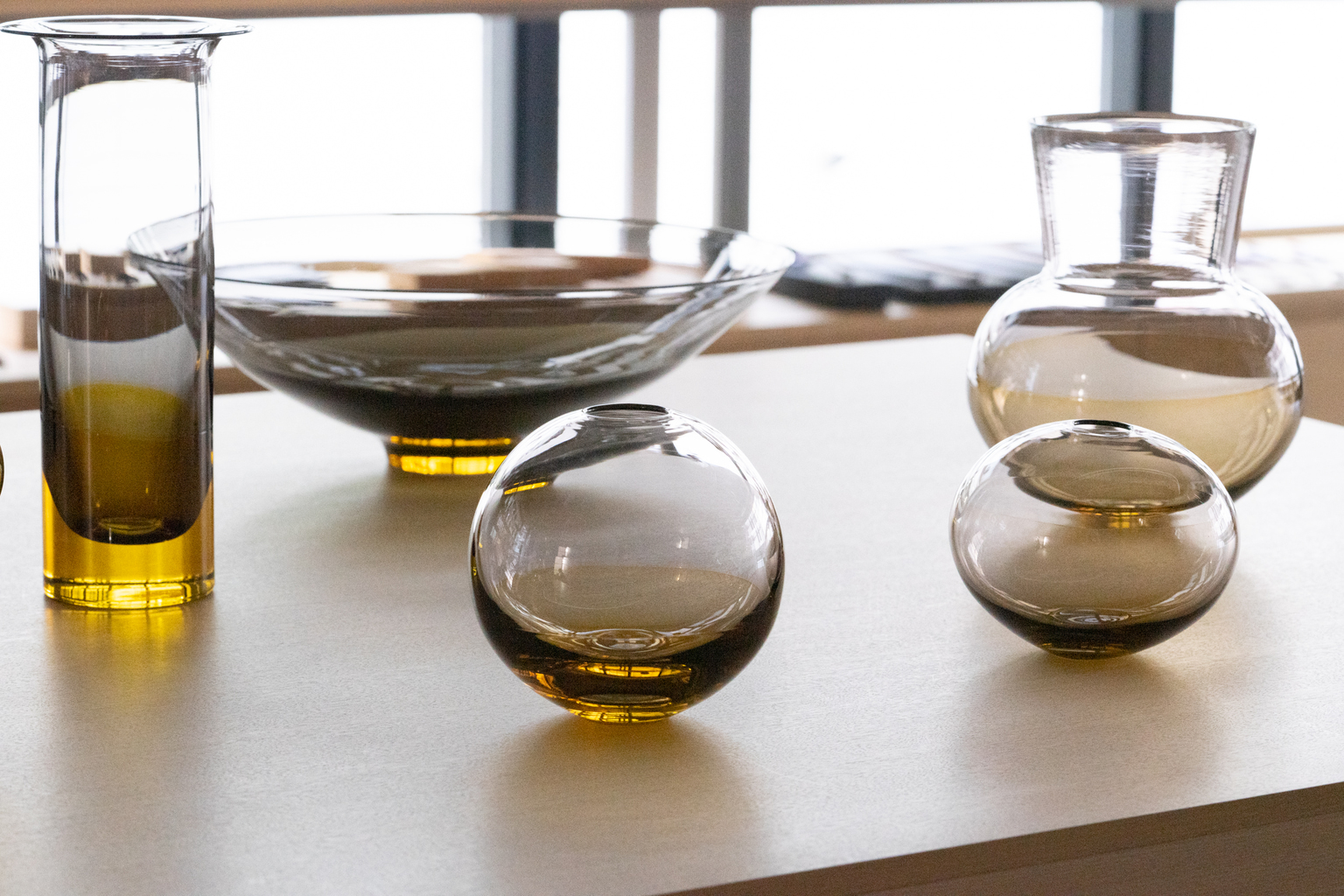
More info
Huls Gallery Tokyo
6-4-10, Akasaka, Minato-ku
hulsgallerytokyo.com/en

